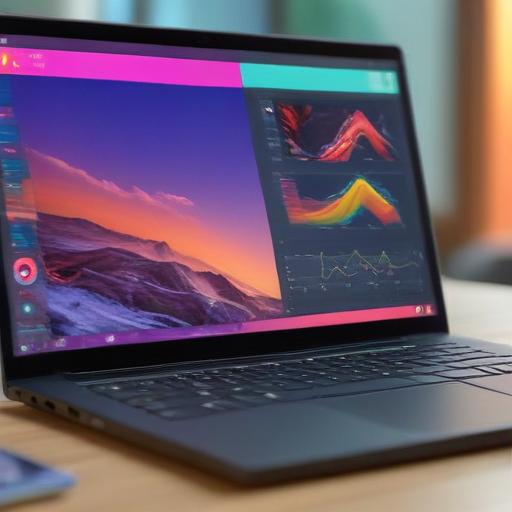Google is expanding its nano-banana AI model across its creative tools, with Flow poised to gain a new Text-to-Image capability that uses reference images to generate multiple variations ready for video production. The move signals Google’s intent to streamline image-to-video workflows inside a single environment, reducing the need to shuttle assets between different apps.
In parallel, Google is reportedly testing practical-format improvements such as vertical aspect ratios to better support content for platforms like TikTok and YouTube Shorts. Another enhancement under exploration is prompt “preambles”—presets such as Vlogging or Cinematic—that automatically expand prompts with richer context, helping users who aren’t seasoned prompt engineers achieve their desired results. The company is also exploring social features, including the ability to favorite videos and share them via QR codes, aimed at smoother organization and sharing within the platform.
The nano-banana model itself is designed to push multimodal and reference-based image creation forward, aligning with Google’s broader goal of making its creative tools more accessible and versatile for both casual and professional creators. While a concrete release timeline hasn’t been disclosed, the feature set reflects a broader strategy to unify creative workflows and meet the evolving needs of digital content creators.
What this means for creators
– A more integrated workbench: Flow could become a central hub for image and video creation, reducing friction when moving assets between tools.
– Easier prompts: Prompt preambles and presets can help users achieve polished results without deep prompt engineering.
– Format flexibility: Vertical aspect ratios address mobile-first content, simplifying production for short-form videos.
– Enhanced sharing and organization: Favorite and QR-sharing features streamline collaboration and distribution.
Potential considerations
– Timeline uncertainty: There’s no public release date yet, so adoption will depend on ongoing testing and rollout plans.
– Quality and control: As with any AI-generated content, users may need to review outputs for consistency with brand standards and licensing considerations.
– Competition and interoperability: The move places Google in closer alignment with other AI platforms expanding multimodal capabilities, which could influence how creators compare tools.
Bottom line
Google’s nano-banana model is moving toward tighter integration across its creative toolset, with Flow and other apps poised to support more seamless, reference-driven image-to-video workflows. If these features roll out as described, creators could benefit from a more unified, user-friendly environment for producing and sharing multimodal content. A clearer timeline will be watched closely by those aiming to streamline their digital production pipelines.
